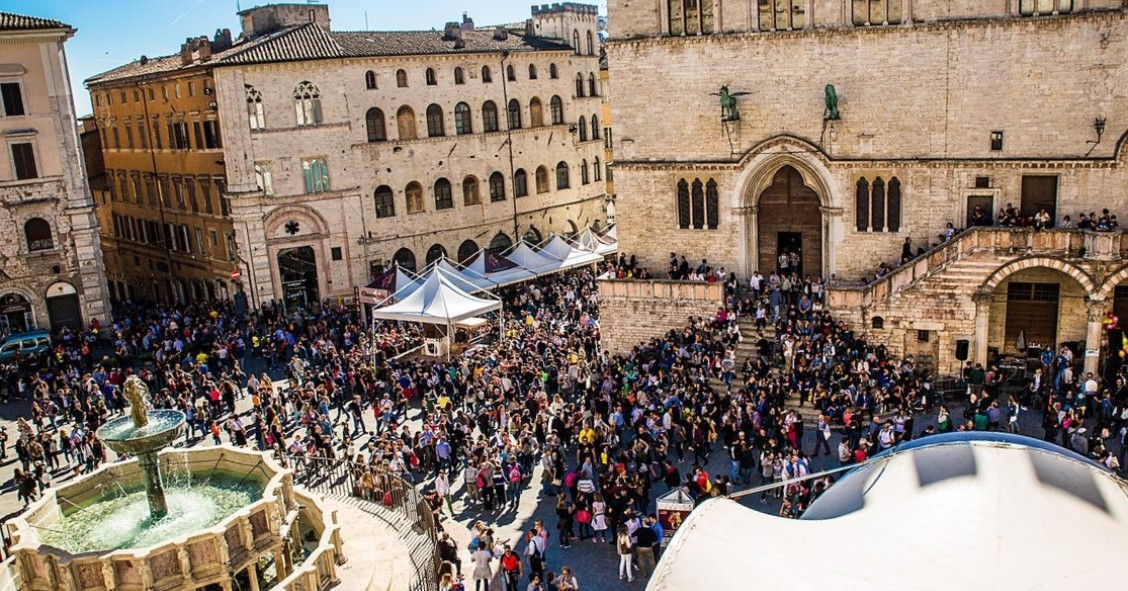
Italy never stops captivating and inspiring, especially abroad, where countless newspapers and magazines often feature its cities and places to visit. The latest is the prestigious New York Times, which has published a list of 10 must-see buildings in Milan. Some, like the iconic Gothic Duomo, are well known – but there are also stunning examples of contemporary architecture.
Duomo di Milano
The Duomo isn’t just the symbol of Milan – it’s one of the most spectacular religious buildings in Europe. This masterpiece of Lombard Gothic architecture combines soaring vertical lines with intricate decorative detail. A must-do while visiting is the climb to the rooftop terraces, which offer one of the best panoramic views of the city. The New York Times places it at the top of its list, following the chronological order of construction.

Galleria Vittorio Emanuele II
Overlooking Piazza Duomo, this “living room of the city” is unmatched in elegance. The Galleria showcases an eclectic, Neo-Renaissance style, with monumental arches and spectacular glass-and-iron vaulted ceilings – a perfect example of 19th-century architecture. It’s also home to historic boutiques, iconic cafés and gourmet restaurants.

Villa Necchi Campiglio
Perhaps less well known, Villa Necchi Campiglio is located in the Quadrilatero del Silenzio, one of Milan’s most distinctive neighbourhoods. Designed in the 1930s by the Piero Portaluppi studio, this gem is a true manifesto of Milanese Rationalism, where elegance and simplicity go hand in hand. You’ll find Villa Necchi at Via Mozart 14 – just a short walk from San Babila or easily reached via the M1 Metro line.
Villa Borsani
Villa Borsani is a destination not to miss if you’re a fan of architecture and interior design. Built in 1945 by Osvaldo Borsani, it’s a perfect example of 20th-century avant-garde and Milanese Rationalist style.
The interiors showcase remarkable craftsmanship, with refined materials and innovative solutions that still impress with their modernity. Located in Varedo, Villa Borsani is easily reached by train from Milano Cadorna towards Seveso, followed by a short walk from the station.
Castello Sforzesco
Visiting the Castello Sforzesco is like taking a journey back through Milan’s history. Majestic and centrally located, it was once home to the Sforza dukes and today houses renowned museums and temporary exhibitions. But it’s not just a cultural landmark – Parco Sempione, just behind the castle, offers one of the city’s loveliest green spaces for a relaxing break. To get there, simply take Metro line M1 or M2 and get off at Cairoli or Cadorna.

Torre Velasca
Built in the 1950s and standing 106 metres tall, Torre Velasca offers a bold reinterpretation of Brutalist and Modernist architecture, while echoing the form of Lombardy’s medieval towers. It’s one of Milan’s most iconic landmarks, and following recent renovations, now hosts prestigious offices and restaurants.
You’ll find it in the heart of the city, between Piazza Missori and Via Larga. To get there, take Metro line M3 to Missori or hop on trams 15, 16, or 24.
Chiesa di Santa Maria Annunciata
This church, next to the San Carlo Borromeo Hospital, was designed by renowned architect Gio Ponti. Every architectural element reflects the unique polygonal shape of diamonds, with a façade that evokes the appearance of precious stones. To visit, the nearest Metro stations are San Siro Stadio (M5) and Bisceglie (M1).
Ristorante Da Giacomo
It’s not just palaces and churches – some of Milan’s restaurants are architectural gems in their own right. Da Giacomo is legendary for its seafood cuisine and elegant 1930s atmosphere, complete with wood panelling, marble details, and Liberty-style accents.
Although it opened in 1989, the interiors were designed by architect Renzo Mongiardino. Located in the Risorgimento area, it’s accessible via the M4 Tricolore Metro stop or tram number 9 along Viale Premuda.
Bosco Verticale
The Bosco Verticale has become one of Milan’s most photographed and recognisable buildings. These two residential towers are covered with over 900 trees, creating a truly unique and innovative spectacle. Designed by Boeri Studio, it stands as a symbol of sustainable architecture and urban bioclimatic design.
One curious detail: the building’s “flying gardeners” use climbing techniques to care for the greenery on every level. Bosco Verticale is in the Porta Nuova–Isola district, accessible via Metro M2 Garibaldi or M5 Isola.

Fondazione Prada
Anyone with a passion for contemporary art should make time to visit Fondazione Prada – a dynamic cultural hub housed in a former early-20th-century distillery.
The project blends industrial architecture with bold modern additions, including the striking white tower and the iconic golden “Haunted House”. It’s easy to reach via Porta Romana station, bus 65, or a 15-minute walk from Lodi Tibb (Metro M3).

Living in Milan
Why choose to live in Milan? Milan is dynamic, cosmopolitan, open to change, and full of surprises – perfectly balancing modernity with tradition. The city offers countless job opportunities, a vibrant cultural scene, and plenty of ways to enjoy high-quality free time.
All that’s left to do is explore the latest listings for properties to buy or rent on idealista:







